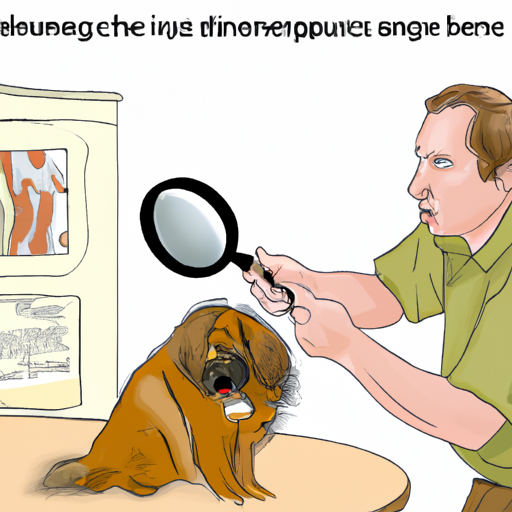Understanding Hair Loss in Dogs
Your canine companion is more than just a pet, they’re part of your family. As a responsible and caring dog owner, it’s natural to feel concerned when you notice your dog shedding more than usual. Hair loss in dogs, also known as alopecia, can be caused by a variety of factors. It’s crucial to understand that shedding is a normal process for most dogs. However, excessive hair loss, bald spots, or changes in your dog’s coat or skin might indicate a deeper health issue.
Common Causes of Hair Loss in Dogs
Hair loss in dogs can be triggered by several factors. Here are the most common:
- Allergies: Dogs, like people, can develop allergies to certain foods, environmental factors, or parasites. These allergies can often lead to skin irritation and consequent hair loss.
- Infection or Infestation: Fungal or bacterial infections, as well as infestations of parasites like mites or fleas, can cause significant hair loss in dogs.
- Hormonal Imbalance: Conditions like hypothyroidism or Cushing’s disease may cause hair loss due to hormonal imbalances.
- Genetics: Some breeds are more prone to hair loss than others due to genetic predispositions.
Also, remember that stress or poor nutrition can also contribute to hair loss.
Diagnosing Hair Loss in Dogs
As a caregiver, it’s essential to monitor your dog’s health closely. If you notice unusual hair loss, the first step should be to consult your vet. They may perform tests such as:
- Skin scraping
- Fungal and bacterial cultures
- Allergy tests
- Blood tests
The test results will help determine the root cause of your dog’s hair loss.
| Test | Purpose |
|---|---|
| Skin scraping | To check for parasites |
| Fungal and bacterial cultures | To identify infections |
| Allergy tests | To diagnose allergies |
| Blood tests | To assess overall health and hormonal balance |
Treatment and Prevention of Hair Loss in Dogs
Once you’ve identified the underlying cause, treatment can begin. This could range from medication to dietary changes. Remember, every dog is unique, and what works for one may not work for another. However, here are some general tips to prevent hair loss in dogs:
- Regular grooming to keep the coat and skin healthy
- Balanced diet to provide essential nutrients
- Regular vet check-ups to detect issues early
- Adequate exercise and stress management
- Use of hypoallergenic products, if your dog has allergies
Coping with Your Dog’s Hair Loss
It can be challenging to see your beloved pet dealing with hair loss. But remember, your patience, understanding, and love can make a significant difference in their recovery. Try to create a stress-free environment for your dog and follow your vet’s advice closely. Your furry friend’s well-being is worth every effort.
Frequently Asked Questions
Q: Can hair loss in dogs be prevented?
A: While you can’t prevent all causes of hair loss, maintaining a healthy lifestyle can help. Regular grooming and vet check-ups, a balanced diet, and stress management can minimize the risk.
Q: Is hair loss in dogs a sign of aging?
A: While older dogs may experience some thinning of the coat, sudden or excessive hair loss is not a typical sign of aging and should be checked by a vet.
Q: Does hair loss in dogs cause pain?
A: Depending on the underlying cause, hair loss can be accompanied by discomfort or pain. If your dog seems to be in pain, consult your vet immediately.



